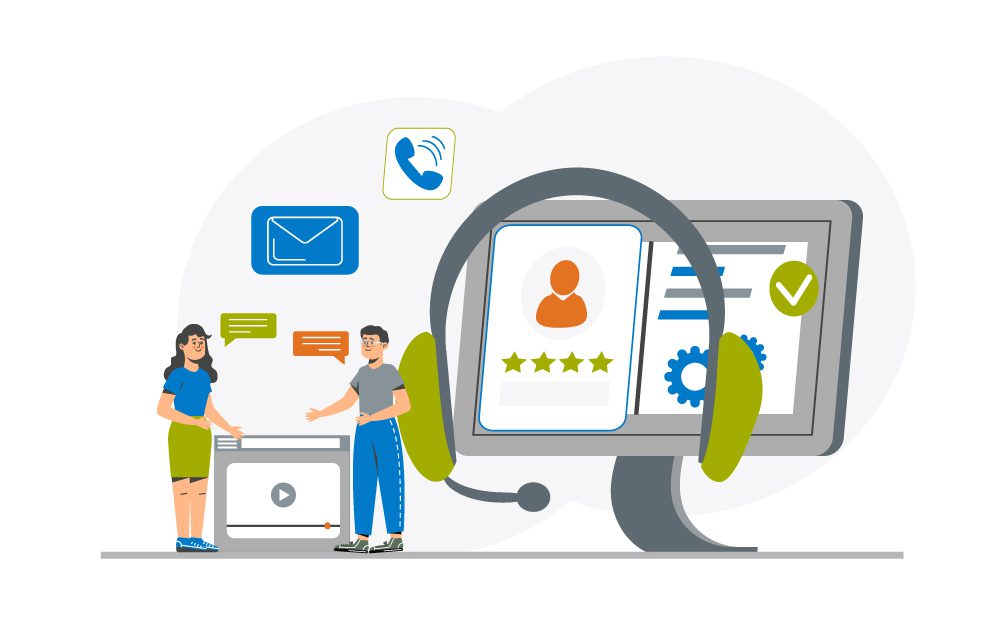Our Process
At Harmony Healthcare IT, the client experience is at the forefront of everything we do.
System Inventory
First, identify the systems to be addressed as a part of the migration or archive project. This includes clinical, financial, HR, and ERP systems in both ambulatory and acute care settings.
Financial Forecast
Estimate maintenance costs, IT labor burden, and potential compliance penalties associated with systems. This will inform a budget and return on investment for the project.
System Prioritization
Next, consider the decommissioning schedule based on go-live dates, accounts receivable wind-down schedules, system failure risks, and data conversion or abstraction plans.
Analyze all the data collected and distill it down into a Legacy Data Management Strategy, which will be used to guide your system decommissioning initiative.
Harmony Healthcare IT strives to get the project scope right up front to pave the way for a smooth implementation and avoid change orders. To do that, each source system will go through a data discovery process to help inform budgets and commitments.
How We Approach an Archive Program
Harmony Healthcare IT has put a standardized and repeatable data extraction, migration, and archival process in place so source data can be secured and stored with 100% integrity. Harmony Healthcare IT extracts discrete and summary data elements as well as images, migrating and organizing them into HealthData Archiver® or HealthData AR Manager® in such a way that the original environment is reflected.
Talk to one of our experts.
Thinking about starting your project?


Kick Off
An initial kick-off call will include demonstrating HealthData Archiver® for your whole team, aligning resources, setting expectations and reviewing high-level project timelines.
access & extract
Work closely with our System Analysts and Implementation Specialists to identify necessary data requirements. Our team will establish access to your legacy system and begin extracting the data.
Map & CONFIGURE
Data is mapped to the specification and HealthData Archiver® is configured within a validation environment. Your Project Manager will keep you informed on progress until the data is loaded.
Validate & Approve
Once data is loaded, testing and validation begin with accuracy being checked by resources from both teams. When both parties are satisfied, preparation for deployment will begin.
deploy & close
HealthData Archiver® will launch, online training will be provided and product documentation reviewed. A transition to our support team and portal ensures all admins and users know how to contact us and access product information.
Key players needed for a seamless data archiving process
Resource Planning
Harmony Healthcare IT Team Members
Project Manager
Your dedicated, primary contact who focuses on clear communication, timelines, and general coordination. Acts as the liaison between your team and ours.
Executive Sponsor
An executive-level contact who oversees and ensures project success.
Systems Analyst
A technical resource who establishes secure system access and manages data extraction and transfer.
Data Integration Team Lead
Manages the team responsible for data transformation and mapping to HealthData Archiver®.
Implementation Specialists
Focuses on defining requirements, configuring the system, performing data validation, and training new users on HealthData Archiver®.
Personally Identifiable Information (PII) Specialist
Delivers PII for our team members so secure access to systems may be gained.
Client Team Members
Project Manager
Receives updates and communicates them to your leadership team. Also assists with all communication and identification and scheduling of technical subject matter experts.
Executive Sponsor
Serves as both a champion and escalation point for your Project Manager if any issues or concerns arise.
Technical Resource(s)
Helps establish connectivity to each source system.
Subject Matter Expert(s)
Helps define and validate data specifications and HealthData Archiver® configuration.
End User Trainer
Assists with training users of the archive.
Data Governance and Operational Team
Makes decisions around the types and amount of data to be migrated or archived.
Cultivating a long-term partnership.
Account Management
It’s likely that other legacy systems within your organization will need to be decommissioned. Your account manager will assist with future system retirement by:
- inventoryin
- prioritizing
- scheduling
This will include:
- Putting a legacy data management strategy into place
- Developing statements of work for new projecs
- Performing routine account reviews to ensure our goals are aligned
Ongoing Support
Live helpdesk support from our team of technicians and medical retention specialists is always available to clients. Learn more about Client Support here.







